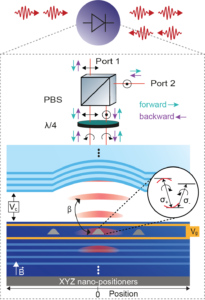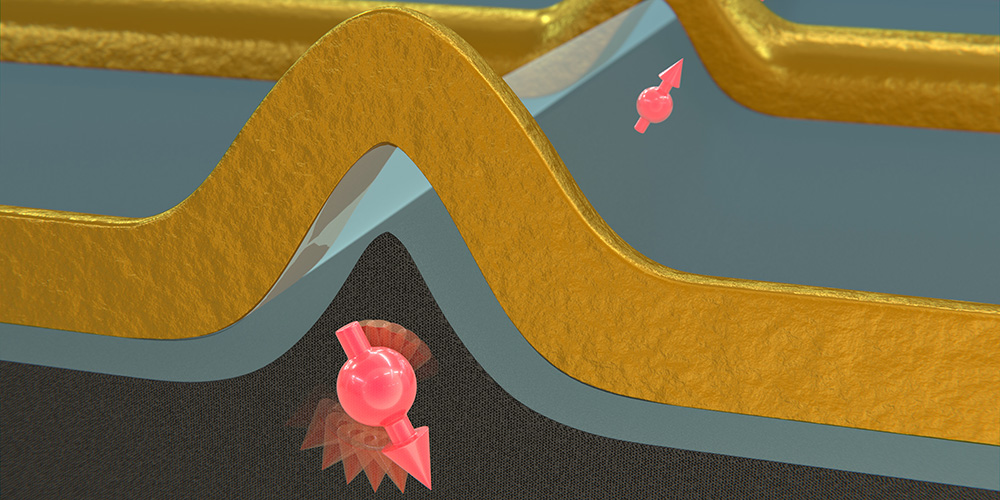In our recent publication in npj Quantum Information we have demonstrated a chiral one-dimensional atom using a single semiconductor quantum dot in a tunable microcavity. In a chiral atom, photons propagating in one direction interact with the atom, while photons propagating in the other direction do not. Here, we achieve strong non-reciprocal absorption of single-photons, a single-photon diode. Proof that chirality arises from a single emitter is found in the nonlinear behaviour at low powers – light propagating in the backward direction of the diode is highly bunched.

